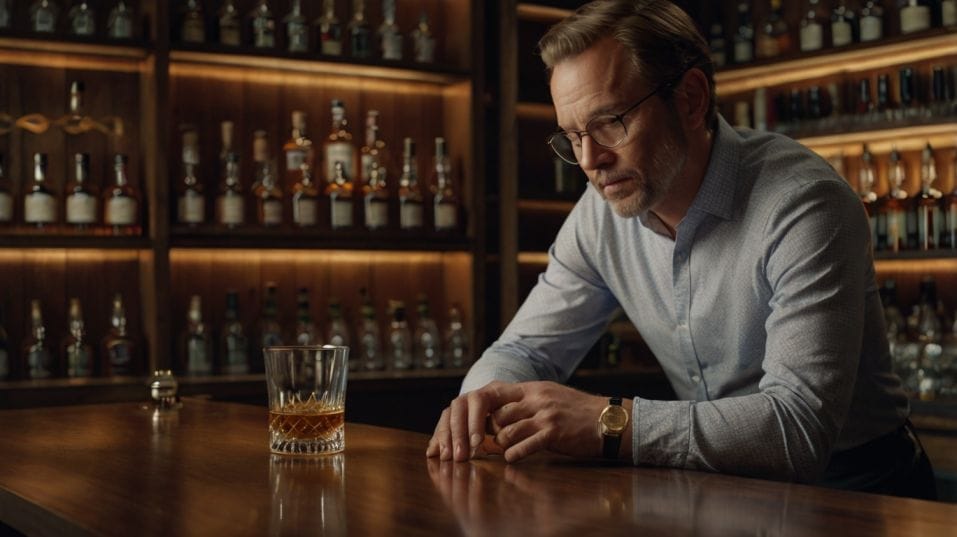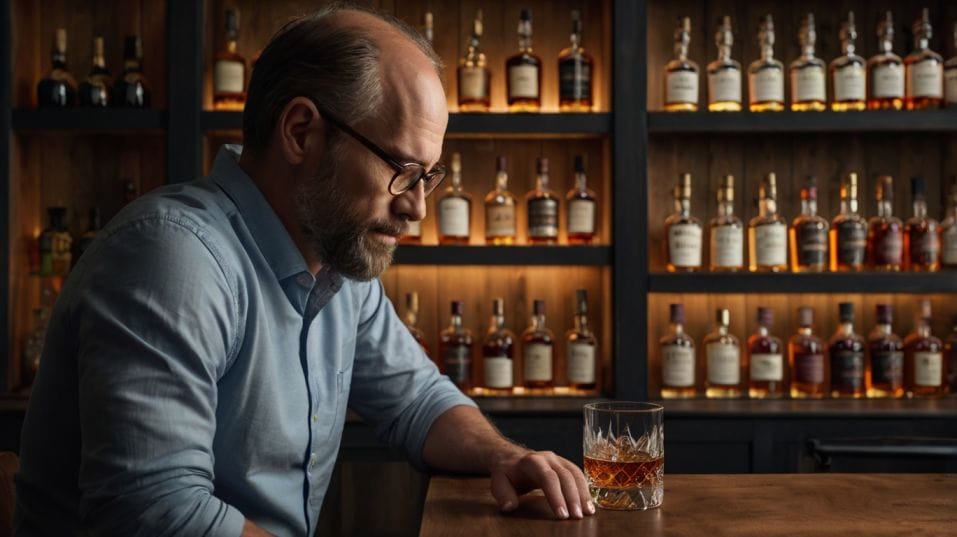Can You Really Make Money Flipping Whiskey?
Curious about flipping whiskey for profit? Learn how to taste, collect, and invest with confidence—no hype, just strategy that works.

Think flipping whiskey is just about luck and hype? Think again. For collectors early in their whiskey journey, the idea of turning a bottle into a payout sounds thrilling—but the real winners aren’t guessing.
They’re tasting. They’re studying. They’re learning what makes one bottle skyrocket while another fizzles. This guide breaks down what it actually takes to profit from whiskey—and why your palate may be your greatest investment.
The Illusion of the Easy Flip
When whiskey flipped into the mainstream as a collectible asset, people flooded the market thinking they could treat it like sneakers or sports cards.
Buy low, sell high. Sit on a bottle until the hype cycle catches up. But whiskey doesn’t play by those rules.
The people who make consistent money in this space aren’t just riding trends. They’re studying them. They’re tasting.
They’re paying attention to shifts in quality from year to year—how a distillery’s cask management has evolved, what impact a new blender is having, how a brand's core DNA is aging in the barrel.
They're not guessing. They’re building a thesis behind every purchase. Casual flippers? They get stuck with bottles no one wants six months later. Because without knowledge, your collection is just dead stock waiting to underwhelm.

Flavor First: Why Tasting Is the Real Investment
Let’s be clear—if you’re not tasting what you’re buying, you’re not collecting. You’re speculating. And speculation without expertise is a fast way to lose money.
Real collectors, real investors, know the juice matters. Flavor tells the truth. That’s where the long-term value hides—not in limited-edition packaging, but in what’s inside the bottle.
If it doesn’t taste good, it won’t hold value. If it doesn’t stand out in a blind flight, it won’t make waves at auction. Training your palate isn’t optional. It’s the foundation of everything.
Once you can distinguish clean fermentation from rushed distilling… once you know what a well-integrated sherry cask should taste like… once you can recognize complexity beyond just “sweet” or “smoky”—then you stop being at the mercy of hype.
You see value where others miss it. And when you buy, it’s with conviction. That conviction is what gives you leverage—whether you’re flipping, trading, or just collecting with confidence.
Rarity Isn’t the Same as Value
It’s easy to mistake scarcity for importance. Limited releases sell out fast, and that creates a kind of artificial heat.
But a low bottle count doesn’t automatically make something collectible. A whiskey can be rare and still mediocre. It can be allocated and still irrelevant in five years.
The bottles that truly appreciate are the ones that combine rarity with exceptional liquid. You’re not just betting on supply—you’re betting on how the whiskey will taste five, ten, fifteen years down the line.
Will it hold up? Will it still impress seasoned drinkers? Will it still tell a clear story?
That’s why the most successful whiskey investors are also some of the most informed tasters. They’re not guessing which bottle will go up in price. They’re betting on flavor evolution, distillery track records, and category maturity.
Build a Collection That Stands on Its Own
If your collection can’t back itself up in a tasting, it’s just a stockpile. Smart collectors build with purpose.
They curate bottles that make sense together—different styles, regions, age ranges, finishes. Not for Instagram clout, but for depth. For context. For education.
Context Builds Confidence
This is where the culture of whiskey becomes a tool. Understand the production methods behind what you’re drinking. Know which distilleries use worm tubs, who’s triple distilling, who’s sourcing grain locally.
Recognize the difference between a marketing story and a production philosophy. That context shapes which bottles you hold onto—and which ones you let go.
And when it comes time to sell or trade, you’ll be in a position of strength. You’ll know why someone else might want that bottle. You’ll know who it fits. You’ll have more than just a sealed label—you’ll have insight.
The Logistics Matter More Than You Think
Flipping isn’t just about picking the right bottles—it’s about protecting them. This part gets skipped way too often. But it’s critical.
Store bottles upright, away from sunlight and temperature swings. Keep them boxed, if possible. Don’t crack seals just to sniff a cap. Keep detailed records of purchase dates, prices, and storage history.
Provenance is the backbone of a bottle’s resale value, especially once the secondary buyer pool gets more discerning.
Even the best bottle loses appeal if the label's faded or the fill level drops. You’re not just selling whiskey—you’re selling presentation, condition, credibility. It all counts.
Know Your Market
And if you’re selling? Know the rules. The secondary market for whiskey is murky in many places, with legal gray zones around private sales.
Reputable auctions, private collector groups, and face-to-face trades offer more stability than anonymous flipping through sketchy forums. Relationships matter. So does your reputation.
Final Thoughts
Yes, you can make money flipping whiskey. But you won’t get there chasing hype or shortcuts. You’ll get there by doing the work—training your palate, building real knowledge, collecting with intention, and moving with clarity.
The money is there. But the flavor has to come first. So here’s your move today: open a bottle you haven’t really paid attention to before.
Taste it slowly. No distractions. Try to map what you’re tasting—what’s hitting early, what lingers, what fades too quickly. Then go read up on why it tastes that way.
That’s the start of real whiskey collecting. That’s the start of flipping with purpose. You’re not just in this for the resale. You’re in it for the flavor, the education, the leverage. So build something that matters—bottle by bottle, sip by sip.




